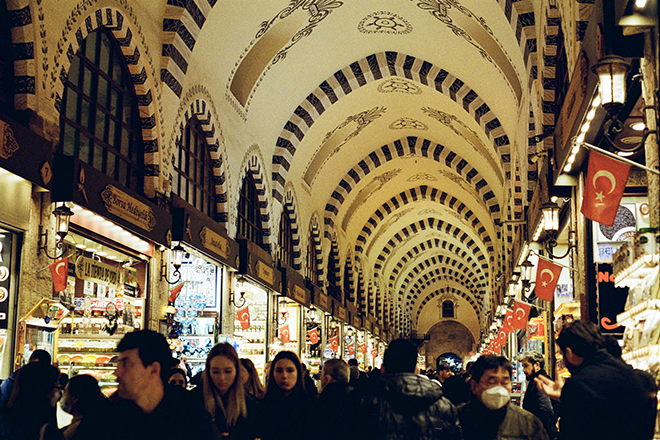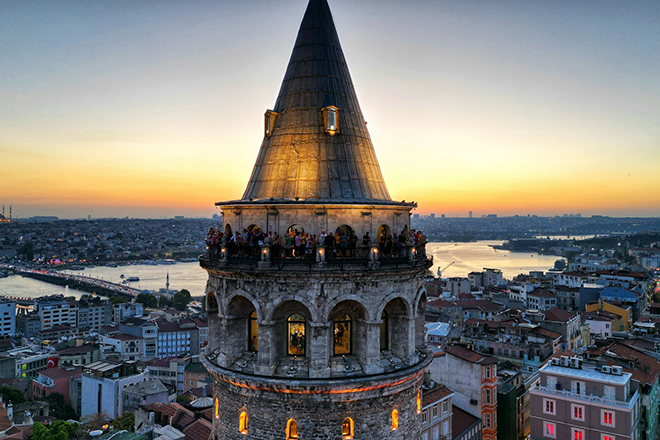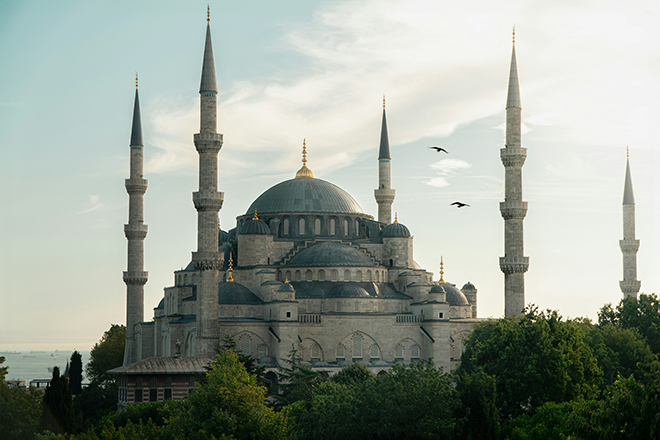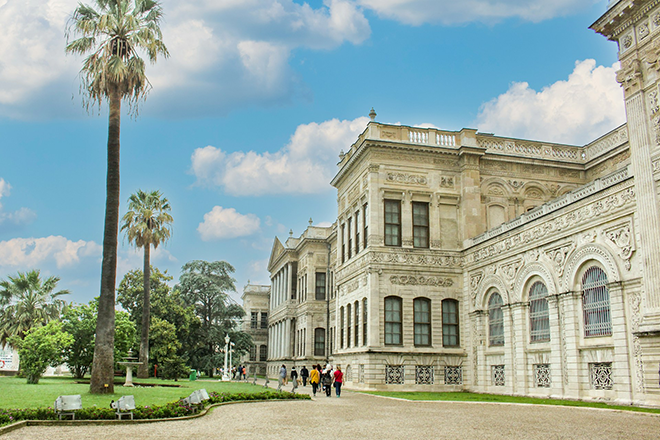Your guide to Istanbul
Siblings:
AccommodationHow to get thereYour guide to IstanbulHoş geldiniz – a very warm welcome this year’s WindEurope Technology Workshop, in the memorable setting of one of the world’s oldest cities, Istanbul.
In every era since it was founded over 3,000 years ago, this city has had a reputation as a cosmopolitan crossroads. A place to be challenged, to encounter new ideas, and a melting pot for many different cultures, religions and thoughts. And that reputation still holds up to this day – as a transcontinental city of 15 million people, it’s still a scientific, religious and political hub with a global reach.
Türkiye is already one of Europe’s wind energy leaders, with the sixth largest installed wind turbine fleet. Indeed, sitting at entrance to the Black Sea on the Bosphorus Straits, Istanbul is a famously wind city – and the area around the Sea of Marmara is home to the majority of the country’s wind energy installations. All of which makes it the ideal setting for the local and European wind industry to come together and hear about new innovations and breakthroughs.
As we meet in Istanbul this June, you’ll be ideally placed to explore this ancient city and sample some unique Turkish hospitality. Here is a quick roundup of some of the sights and sounds this city has to offer.
The global marketplace – The Grand Bazaar
Istanbul’s reputation as a meeting place for the world’s goods and wares is one that goes back over a thousand years. For centuries Istanbul stood at the Western end of the Silk Road, the vital link that brought spices, gunpowder and tea to Europe and honey, wine and glassware to India and China. Istanbul was the global marketplace bringing merchants and customers together from three different continents. And nothing exemplifies this better than the city’s Grand Bazaar.
As the oldest covered market in the world, with a history going back more than 600 years, the Bazaar is still a place to get lost and peruse countless stalls filled with food, gifts and spices from all over the world. With over 4,000 shops covering 61 streets, spread over 30,000 m2, it’s definitely worth a few hours of exploring at the very least – even just to soak up the bustling, international atmosphere.
Watching the world come and go – The Galata Tower
As the greatest metropolis of the western world for many centuries, Istanbul was always a coveted target for many leaders and empires. It came under siege 36 times in its long history, from the Roman era and the Age of Migration all the way up to the Fall of the Byzantine Empire in 1453 – and it has been in Turkish hands ever since.
The Galata Tower is a partial remnant of a defensive wall protecting the Galata area of the city. It originally guarded a colony from Genoa in Italy – just one of the many international groups to settle in the city over the centuries. Long after the colony was abandoned, it still stood guard over the Northern Shore of the city and today it’s home to a recently refurbished museum – with stunning views over the Golden Horn, the Old City and the Bosphorus beyond.
A spiritual centre for millions
If there’s one thing that defines the mental image of Istanbul around the world, it’s the religious identity of the city. Originally founded by pagan Romans and Greeks, the city became one of the leading centres of Christianity from the 4th century onwards, and following the Ottoman conquest, one of the great cities of the Islamic world.
And so it goes that no visit to Istanbul would be complete without a visit to the two religious centres that dominate the global impression of the city. First, the Blue Mosque, still serving the city’s Muslim majority, and a stunning example of Islamic architecture with its six minarets and beautiful Iznik tiles. And secondly, the Hagia Sophia, the most obvious example of religious continuity that has made Istanbul famous – starting as an Orthodox Christian church, then as a mosque, and now also a museum – and an emblem of the Byzantine Empire that ruled over the city for more than 1,000 years.
Imperial city – the palaces of Istanbul
For most of the past two millennia, Istanbul has been known throughout the world as an imperial capital. Originally founded as “Nova Roma”, it eventually replaced Rome as the centre of the Roman Empire. Whether Roman, Byzantine, Latin or Ottoman, this has always been the capital and dynastic seat of empires. Only in the last century – since the Turkish capital was moved to Ankara – has it stopped being a major political centre.
Now turned into museums and open to the public, the Dolmabahçe and Topkapı Palaces are fascinating showpieces for the wealth and power that once flowed in and out of this city. With stunning interior decorations, precious treasures, grand halls, exquisite gardens and fantastic views over the Bosphorus, they both rank very high on the must-see list for Istanbul.












